While it’s perfectly possible to learn French without knowing anything of French language history, a little information about a language’s roots can never hurt.
Most people find that knowing a bit about the background of a language gives them a deeper insight into how it works. Plus it helps them understand more about the culture of the people who speak it.
The history of French and its journey to becoming one of the world’s major languages is a particularly interesting one. So for anyone who wants to know more, here’s a brief history of French.
Pro Tip
By the way, if you want to learn French fast and have fun while doing it, my top recommendation is French Uncovered which teaches you through StoryLearning®.
With French Uncovered you’ll use my unique StoryLearning® method to learn French naturally through story… not rules. It’s as fun as it is effective.
If you’re ready to get started, click here for a 7-day FREE trial.
The History of the French Language: Latin Beginnings
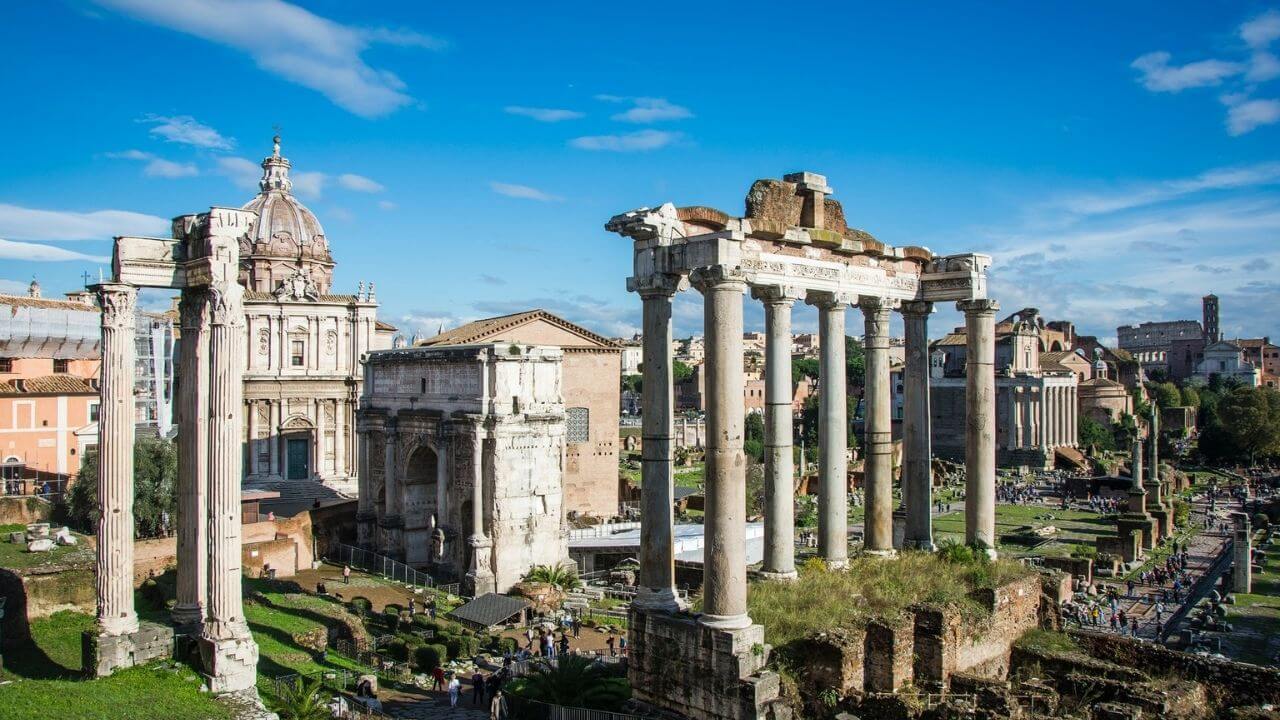
It has long been known that the Romance languages, including the ‘big four’ of French, Spanish, Portuguese and Italian – along with Romanian and a whole host of other more minor languages and dialects – are descended from Latin.
The short version is that people in the Empire of Rome spoke Latin. And when the Empire began to crumble, local variations appeared, which over time developed into separate languages.
There’s a problem with this, though, because these languages share certain common features that were absent from Classical Latin.
For example, Latin had three genders while French, Spanish, Portuguese, Italian and others all have two. Also, Classical Latin lacked a definite article (the word for “the”). But the Romance languages all gained one.
This means that, unless the Romance languages developed these features independently – which is scarcely plausible – they must, in fact, descend from something else.
Vulgar Latin
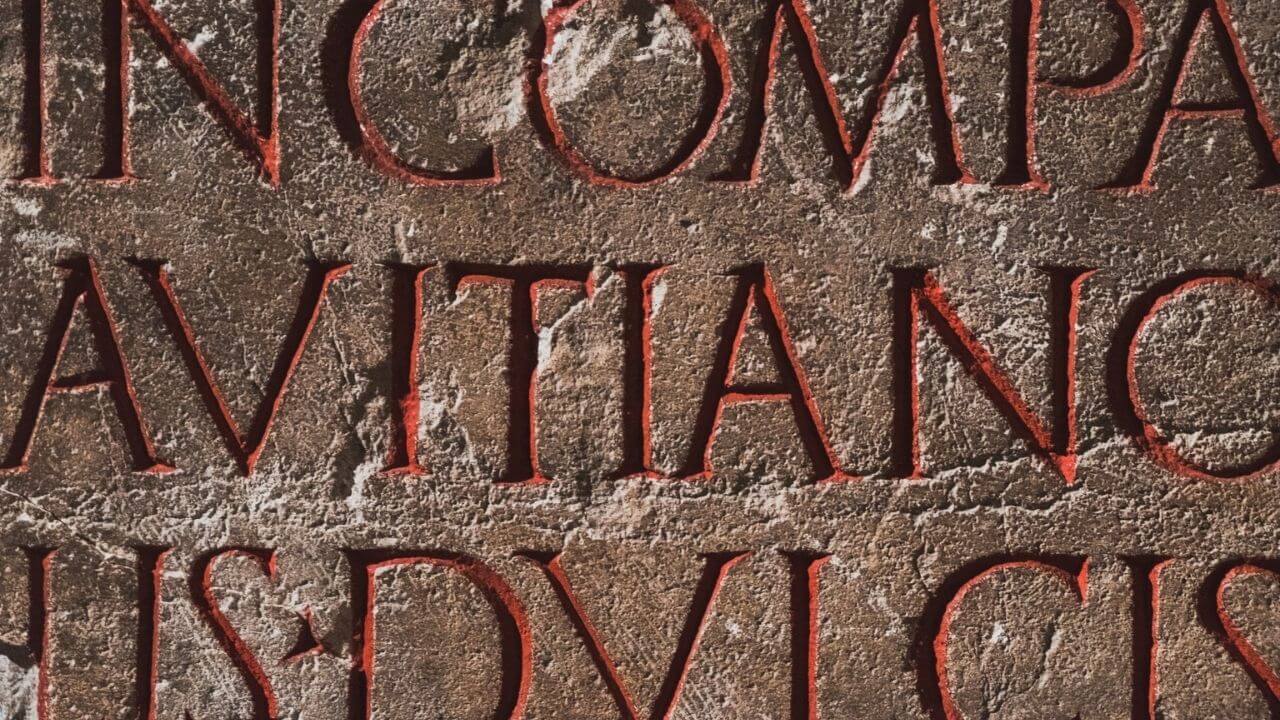
To solve this linguistic conundrum, it was proposed that the Romance languages were descended not from Classical Latin but from a more colloquial form, sermo vulgaris. Or “Vulgar Latin”.
This was the ‘street Latin’ that people used for spoken language and daily communication. And it was quite different from the Latin of emperors, statesmen and writers.
What’s astonishing, though, is that this version of Latin, spoken throughout the Empire, was apparently more or less homogenous.
There would have been small regional differences, of course. But the street Latin at one end of the vast Roman Empire is thought to have been remarkably similar to that spoken at the other.
In a world without print media, let alone radio, television, or the internet, this seems quite incredible. But in any case, after what is now France was brought under Roman control, the people there learned to speak the same Roman language as everyone else.
It was only once the Empire began to fall apart that this common language began to diverge, giving rise to early versions of the Romance languages of today.
Gaulish Influence
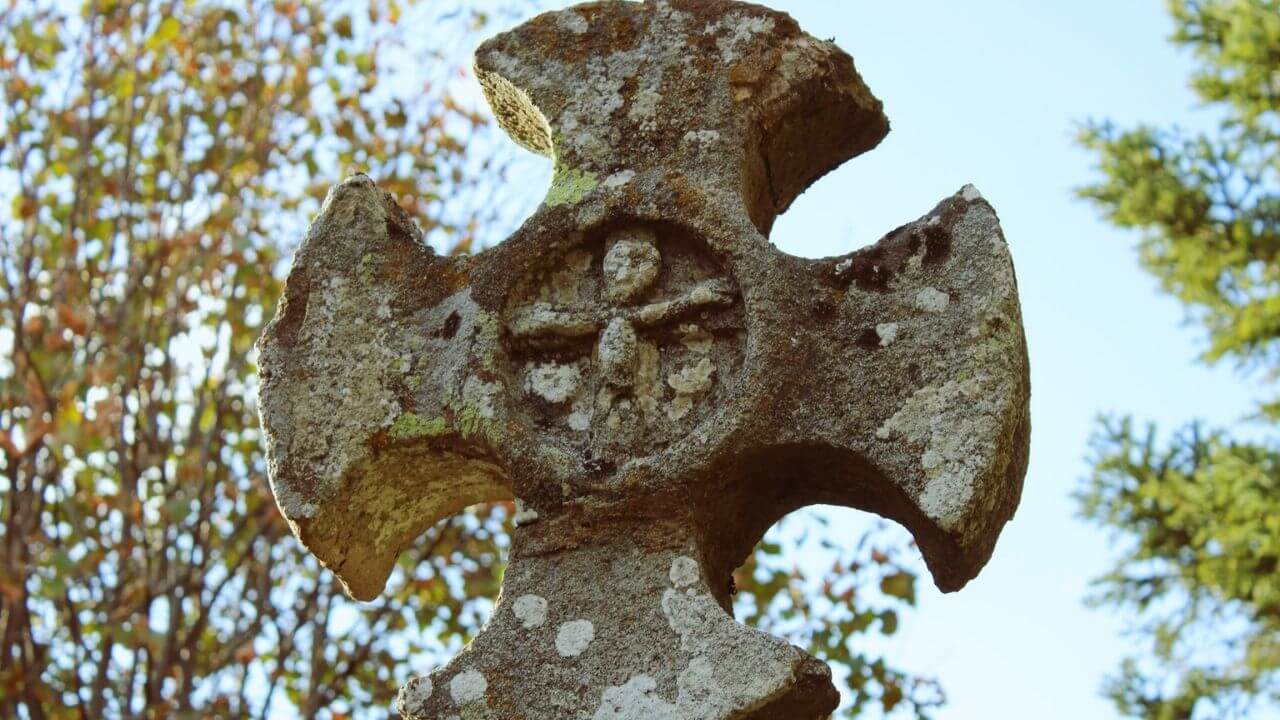
Before the arrival of the Romans, in most of France, especially the north, various tribes, such as the Gauls who spoke a Celtic language inhabited it.
After their subjugation, it appears that Gaulish coexisted with Latin for many centuries. And as a result, Gaulish and its celtic words began to have an impact on the Latin they spoke in the north of France.
Although a handful of the Celtic language passed from Gaulish into the incipient local dialect, probably the most significant influence was on pronunciation. Already, even before the Empire fell, the sound of the language was beginning to change.
Germanic Influences
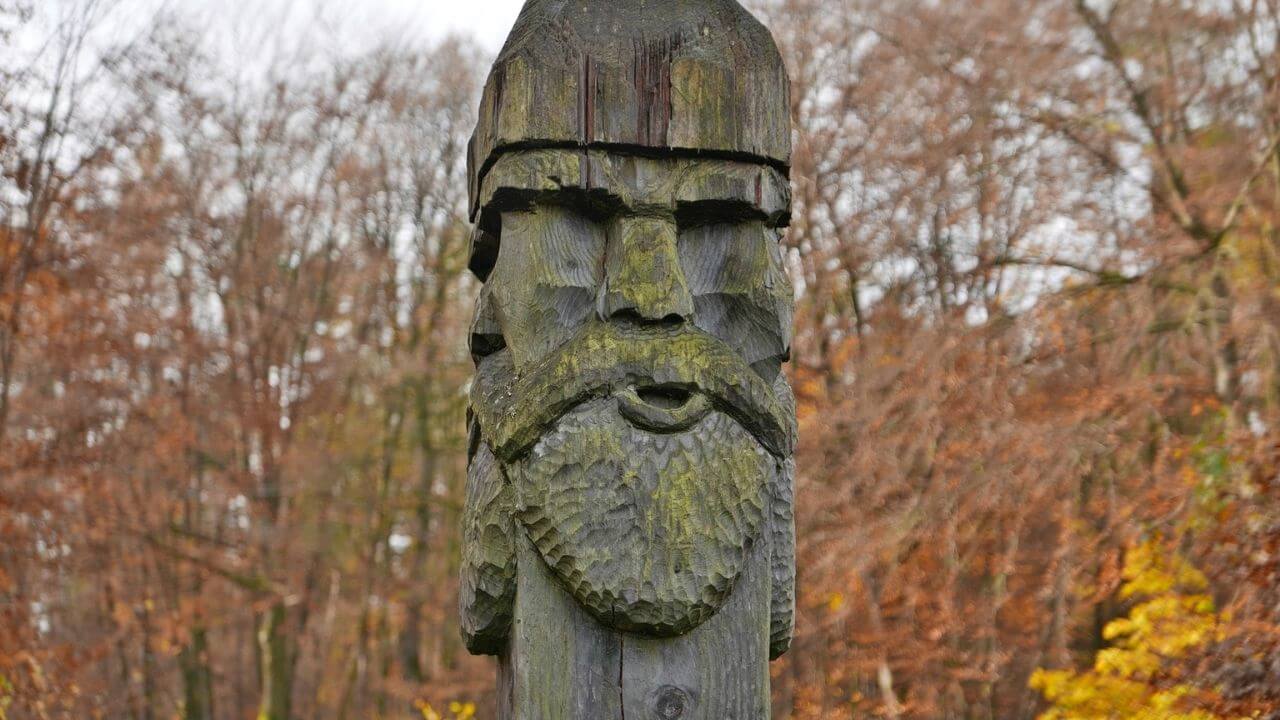
By the third century, the Roman Empire was in decline. Germanic invasions by tribes in the north and the east marked this period.
Some of these Germanic tribes moved into parts of Roman Gaul. And in the north, among the most significant were the Franks.
As with Gaulish, although the Frankish language brought with it some new vocabulary – including, eventually, the words France and français – the Franks imposed the most influence on pronunciation. You could say that the Franks spoke a language that eventually became what we now know to be French.
At the same time, the grammar and syntax of the local language absorbed certain Germanic elements. That's why modern French stands apart from Spanish, Portuguese, and Italian.
For example, while the other three languages regularly drop subject pronouns, in French, you must always use a subject pronoun – as in English.
Also – like in English – you can form French questions by inverting the word order. But in Spanish, Italian, and Portuguese, you make questions simply by changing the intonation.
The Splintering Of Vulgar Latin Into Regional Dialects
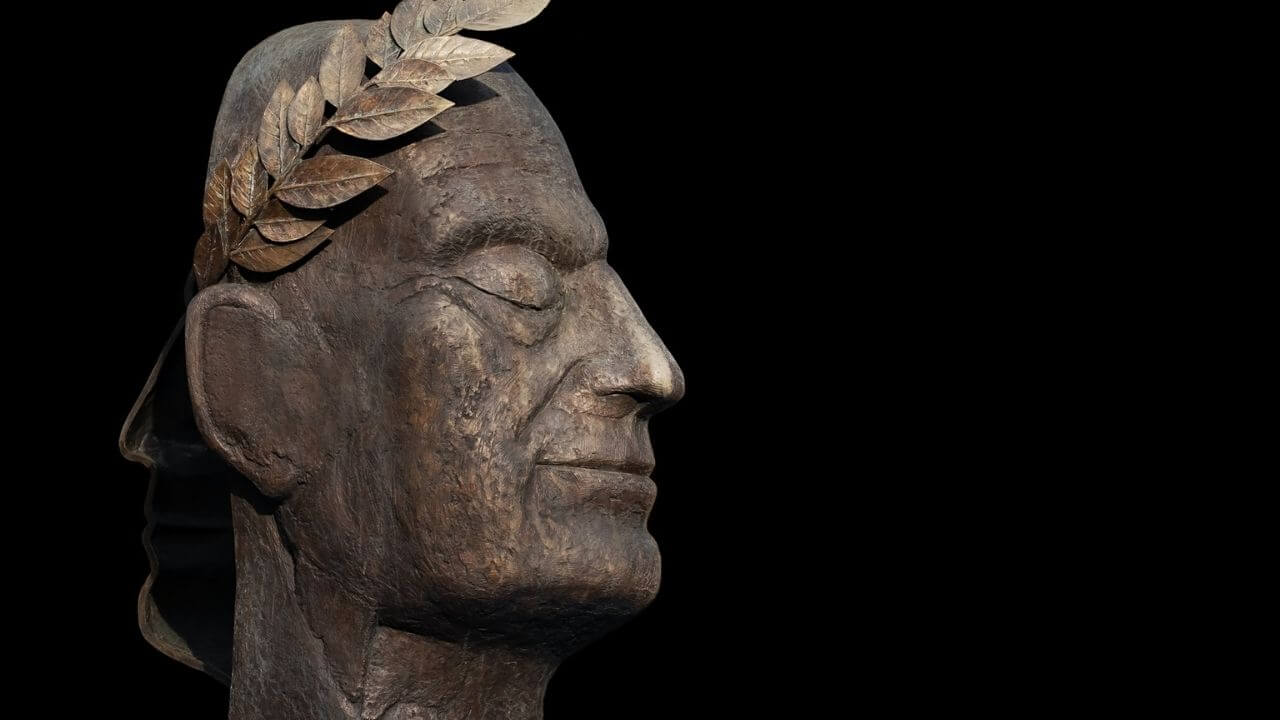
Over the following centuries, the once uniform Vulgar Latin splintered into a diverse range of local dialects throughout the former Roman Empire. And all of them were influenced by the languages they were in contact with.
In the north of France, as we have seen, the influences were initially Germanic. But later, with the arrival of the Vikings, Scandinavian languages also had an influence, especially on Norman French. Several French words related to seafaring date back to this period.
Languages from the Low Countries also gave new words to the developing French language, also often related to seafaring as well as to trade.
While this was happening, in other parts of the former Empire, other influences were at play. And the many dialects that arose elsewhere would also eventually split into distinct languages.
The 12th-century Italian poet Dante, the writer of the Divine Comedy, was the first to separate these languages into three main groups. He classified them as the languages that used oïl for “yes”, those that used oc and those that used si.
The northern French dialects belonged to the first group and collectively became known as the langue d’oïl, the ‘oïl language’.
The other dialects from the southern regions, which were by this time no longer mutually intelligible with langue d’oïl became known as the langue d’oc, or the ‘oc language’ .
The third group consisted of dialects using si for “yes”. And they went on to become languages like Spanish, Italian and Portuguese.
And here’s a bit of trivia. The word oïl (and ultimately, the modern French oui) came from the Latin expression hoc ille, meaning “that’s it”.
Oc, on the other hand, came from the Latin hoc, meaning “that”. While the Spanish, Portuguese, and Italian versions are derived from sic, meaning “thus”.
Langue D’Oïl – “Old French”
Although we often talk about the langue d’oïl, it was never a single language. It’s just as accurate to talk about the ‘oïl languages’ in the plural.
This is perhaps a better way to think about the situation that had arisen in northern France by the ninth century as various dialects diverged from Vulgar Latin.
Back then, the oïl languages formed what’s known as a ‘dialect continuum’. This means people spoke many dialects throughout the region. Those geographically closer to each other were more mutually intelligible and those further away less so.
Exactly what happened next is open to debate. But it seems that a common version of langue d’oïl appeared and assumed the role of literary and juridical language.
It’s most likely that this dialect of oïl was a kind of koiné. That is, an amalgamation of the various dialects rather than a single existing dialect that rose to prominence.
This dialect is sometimes referred to simply as langue d’oïl in the singular. And another name is “Old French”.
Originally, Old French was mainly a written language. But it also began to be used as an oral language, perhaps as a way for speakers from different areas to communicate. This Old French dialect would eventually develop into the written and spoken French of today.

Langue D’Oc – The ‘Other’ French
While all this was going on, in the south of France, Vulgar Latin was exposed to a different set of influences, eventually giving rise to the langue d’oc.
Just like in the north, langue d’oc was never a single, unified language and consisted of a range of other dialects across the region where it was spoken.
However, as the concept of France as a nation began to crystalise, the standardised version of langue d’oïl began to encroach on areas that traditionally spoke langue d’oc.
Beginning with the French Revolution and continuing through the Napoleonic period, the standard language became central to the idea of French nationhood. And langue d’oc gradually went into decline.
Nowadays, people still speak modern dialects of langue d’oc, usually referred to collectively as Occitan. But the number of speakers is dwindling.
Across the Spanish border, Catalan, a closely related language, long considered a dialect of Occitan, has around four million native speakers and is in good shape.
However, Occitan in France is now considered an endangered language. That's because the language from the north had gradually supplanted it over the centuries.
Standardisation And The Rise Of Early Modern French
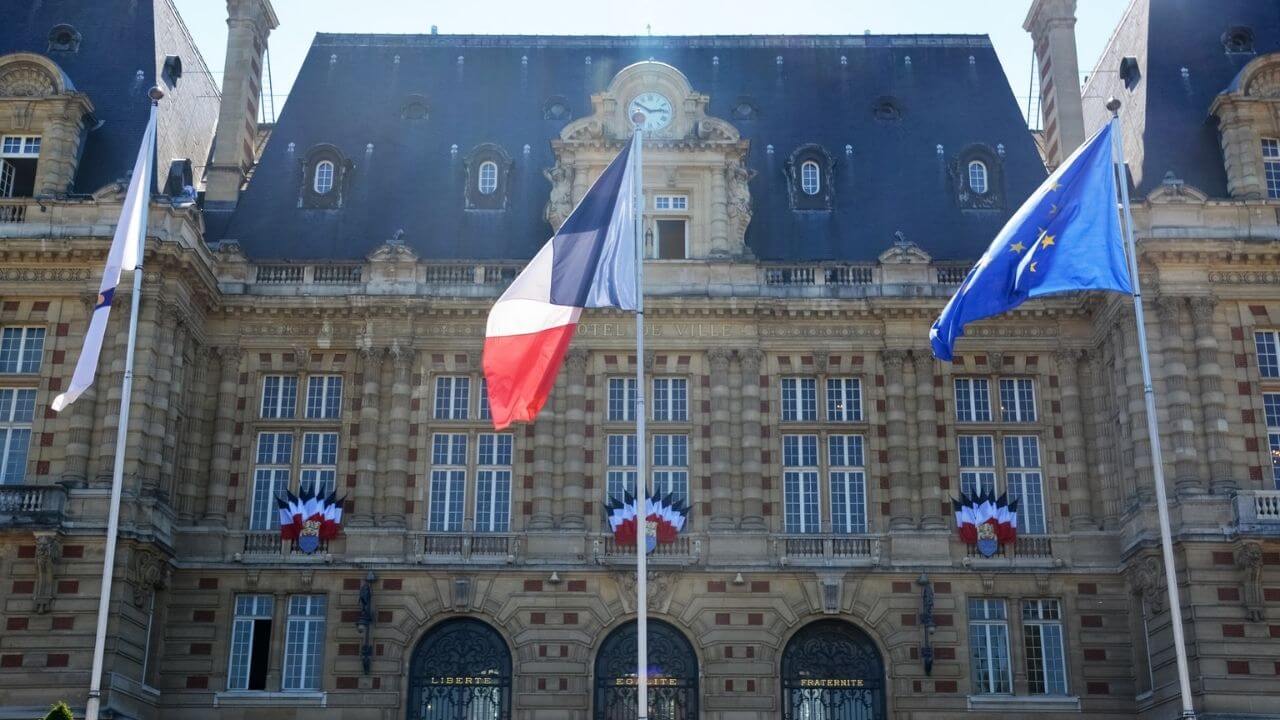
An important milestone on the road to Modern French came in 1539. King Francis I decreed that the prominent dialect of langue d’oïl should replace Latin as the official language of the court.
It was around this time that French shed the declension system inherited from Latin. And the Académie française (French academy) was created in 1634 to regulate the standard French.
From this point, the French language was linguistically well on its way to becoming the classical modern French we know today and the dominant language in France.
However, there were still some important events to come that would establish it as the national language of France. And one of the major languages of the world.
The first of these occurred in 1789 with the start of the French Revolution. After this, the French language was promoted as a unifying force for the nation.
This was despite the fact that 50% of the population didn’t speak a word of it. And less than 15% spoke standard French reasonably well. At that time, people in the countryside still spoke their local dialects, either variations of langue d’oïl in the north or langue d’oc in the south.
The second was the rise of Napoleon. And with it, France’s elevation to the status of the world’s preeminent power.
This, along with the start of the Age of Enlightenment, an intellectual and philosophical flourishing that began in France in the 17th century, saw the French language become the international language of diplomacy as well as art, many literary works, and educated society.
Modern French was to remain the world’s lingua franca until English supplanted it following the rise of the United States in the 20th century after the two World Wars.
French In Canada
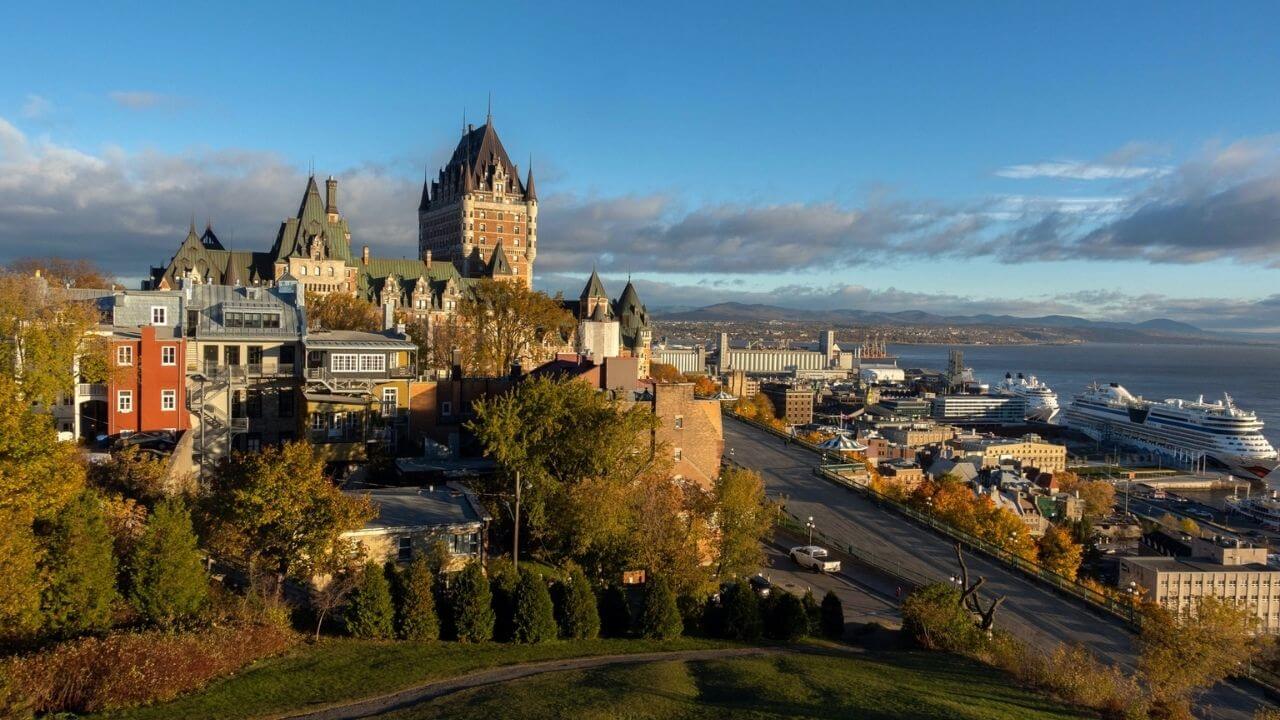
Although the French language is no longer the language of global communication, it remains a prestige language. And the legacy of France’s colonial past means it is still a major internationally spoken language.
French reached North America in the 17th century when colonists settled in parts of what is now Canada.
Although only a small proportion of the settlers were from the Parisian region, the Parisian dialect – essentially the standardised langue d’oïl – quickly became the common tongue.
The result was that after only a generation or two, the French spoken in Canada was considered as esteemed as that spoken in Paris.
In an interesting historical quirk, modern Quebecois is probably closer to the Parisian French of the day than the French now spoken in Paris. This is because it conserved certain features of the language that Metropolitan French subsequently lost.
French is still an official language in Canada.
French In Africa And Other Parts Of The World
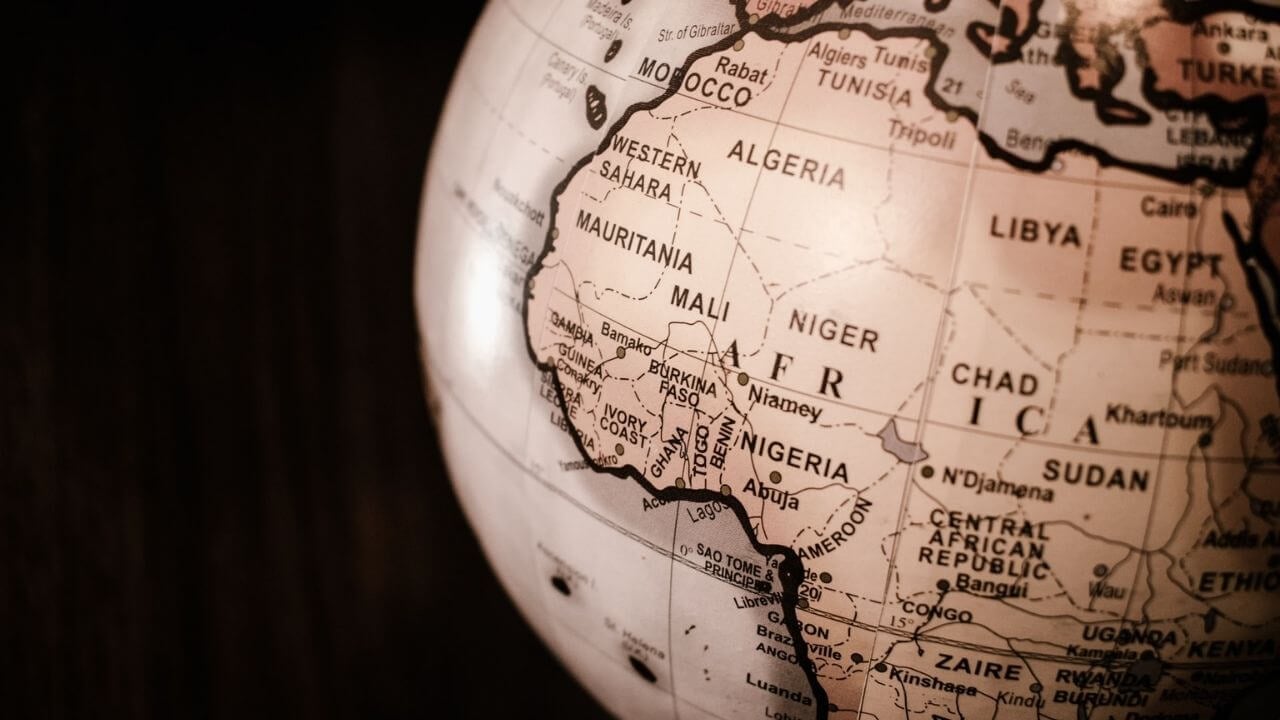
Due to France’s colonial activity in Africa, it has become one of the continent’s most important languages. It often serves as a lingua franca among groups speaking myriad local languages.
In many African countries, French remains an official language. And is often used as the language of education, government and for international relations. France’s former North African possessions have many speakers of the language. And it is also common in many countries in Sub-Saharan Africa.
The notion of la francophonie, the French-speaking world, remains strong. And many countries want to become members of the Organisation internationale de la Francophonie (OIF, the International Organisation of La Francophonie).
Equitorial Guinea is a good example of the value placed on becoming a member of this club. The country declared French to be an official language in order to join OIF despite the fact that very few people there actually speak the language!
You'll still hear French in French possessions around the world, such as in Guadeloupe and Martinique in the Caribbean, French Guyana in South America and Réunion in the Indian Ocean, all integral parts of the modern French state.
Finally, it's also an official language of many international organisations such as the EU, NATO and the WTO.
So, as you can see, French is still an incredibly useful language. And in many parts of the world, speaking French will get you much further than knowing English. Modern day French is still an official language in 29 different countries.
French Language History: A Language With A Past & A Future

In modern times, French is thriving, it's the fifth most spoken language in the world, with around 77 million people speaking it natively and over 320 million speakers in total.
Furthermore, it is projected to reach 500 million speakers by 2025 and between 650 and 700 million speakers by 2050.
All of which goes to show that French language history is not only colourful, but the French language is also one with a bright future. And that’s just one more compelling reason to learn it, in particular with stories.

Olly Richards
Creator of the StoryLearning® Method
Olly Richards is a renowned polyglot and language learning expert with over 15 years of experience teaching millions through his innovative StoryLearning® method. He is the creator of StoryLearning, one of the world's largest language learning blogs with 500,000+ monthly readers.
Olly has authored 30+ language learning books and courses, including the bestselling "Short Stories" series published by Teach Yourself.
When not developing new teaching methods, Richards practices what he preaches—he speaks 8 languages fluently and continues learning new ones through his own methodology.










































